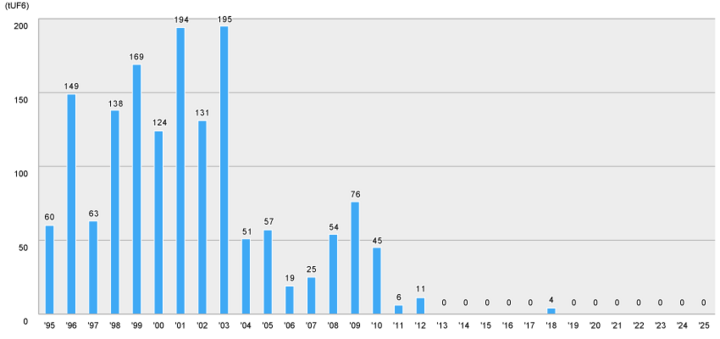According to the fact sheet released by the White House, at the 29 October 2025 summit meeting the presidents of the United States and the Republic of Korea reached an agreement that will support the development of nuclear fuel cycle technologies as well as that of naval nuclear reactors in South Korea.
The fact sheet states:
Consistent with the bilateral 123 agreement and subject to U.S. legal requirements, the United States supports the process that will lead to the ROK's civil uranium enrichment and spent fuel reprocessing for peaceful uses.
The United States has given approval for the ROK to build nuclear-powered attack submarines. The United States will work closely with the ROK to advance requirements for this shipbuilding project, including avenues to source fuel.
The 123 agreement between the United States and the Republic of Korea, concluded in 2015 and expected to remain in force until 2040, does not prohibit the development of enrichment or reprocessing. However, it imposes restrictions on the use of materials or technologies supplied by the United States under this cooperation agreement.
The clause that deals with nuclear-powered submarines does not seem to commit the United States to a transfer of technology or material. Importantly, the current agreement explicitly prohibits enriching US-origin uranium to more than 20% uranium-235.
